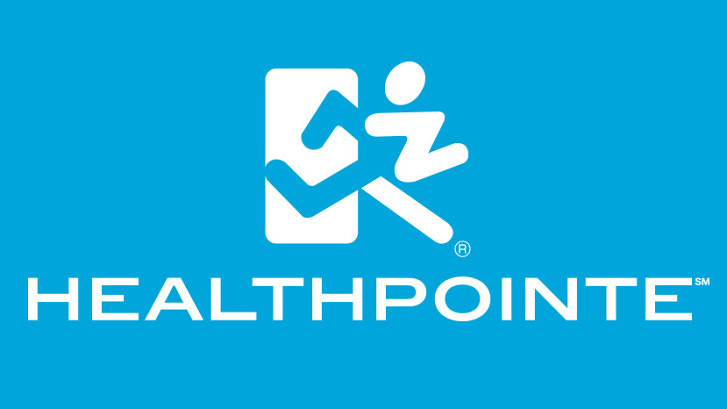Five Treatments for Arrhythmia Patients
Arrhythmia is characterized by such heart rhythms as heartbeats that are too slow (bradycardias), rapid (tachycardias), or irregular. While many cases are relatively harmless, many more require treatment.
You should carefully discuss your treatment options with your cardiologist, and follow his or her instructions, for the best results.
#1 Medications
Anti-arrhythmic drugs are used to change the irregular electrical signals in the heart. Based on your age, physical health and medical history, your doctor can recommend the best drugs for your arrythmia.
Within a couple of days of taking the medication, you must follow up for a laboratory examination. Then, your doctor can fully assess the effectiveness of the medications.
#2 Implantable Devices
Your doctor may recommend pacemakers, or devices implanted just under the collarbone, connected to wires inside the heart. These devices work “on demand” by delivering small electrical impulses to regulate heart beats.
The newest implantable device in the market today is the biventricular pacemaker, which was recently approved by the U.S. Food and Drug Administration (FDA). The device paces the heart’s two ventricles and coordinates their contractions to improve their pumping ability.
#3 Catheter Ablation
If you cannot take medications or you have not responded well to drugs, then your doctor may consider radiofrequency catheter ablation. The procedure disrupts or destroys certain paths of the heart’s electrical pathways that cause irregularity.
Your cardiologist will thread a tiny metal-tipped wire catheter through your vein (neck) or artery (leg) and into your heart. Your doctor will use fluoroscopy in identifying the problem sites and radiofrequency waves in gently burning unwanted tissues. You should be able to leave the hospital a day after the operation (in contrast with open heart surgery that requires weeks of hospital stay).
#4 Internal Cardioversion
The procedure involves low-energy electrical shocks to the heart (usually 1-10 joules) via two groin-inserted catheters and an electrode pad. It is designed to achieve normal sinus rhythm from abnormal atrial fibrillation.
#5 Implantable Cardioverter Defibrillator
This is reserved for life-threatening tachycardias. The defibrillator is slightly bigger than a pacemaker but it is also implanted under the skin below the collarbone. It works in two ways: first, by delivering an electric shock when the heart is too fast and, second, stimulating the heart when it is beating too slow.
All of these options are usually covered by medical insurance.
About Healthpointe:
Healthpointe is a leading multidisciplinary healthcare organization offering a full range of medical services in practice locations throughout Southern California (Los Angeles County, Orange County, San Bernardino County, and Riverside County). Healthpointe has locations situated in over 10 cities in Southern California including Long Beach, which is conveniently located near Signal Hill, Carson, Seal Beach, Lakewood, Bellflower, Compton, Hawaiian Gardens, and Los Alamitos. As a highly regarded musculoskeletal group, we have a personal investment in the highest level of service, and we are proud of our record of excellence over the last four decades with private patients, injured workers, urgent care, personal injuries, and professional and non-professional athletes. Leading our organization is a dynamic team of healthcare professionals who continually strive to be at the forefront of medical innovation and healthcare service delivery. For more information, a complete list of services, and Healthpointe locations, visit www.Healthpointe.net

